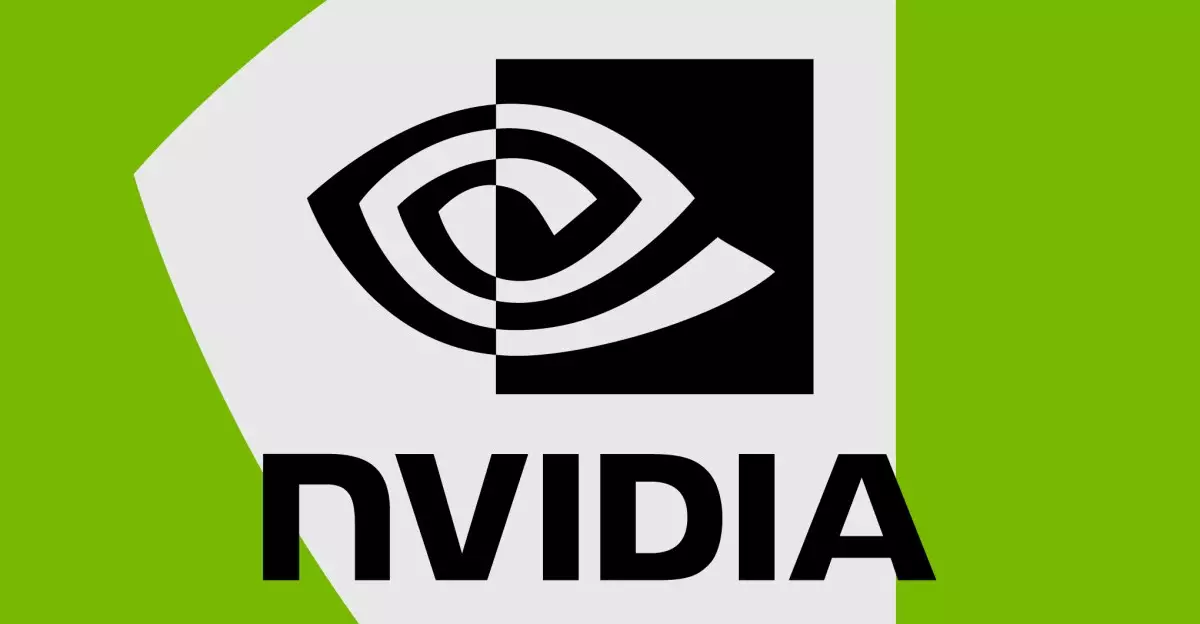The introduction of Nvidia’s RTX 50-series graphics cards has been riddled with complications, raising concerns among enthusiasts and casual users alike. Launched with high expectations, these GPUs were expected to set new benchmarks in gaming performance and visual fidelity. However, the fallout from their release has revealed a troubling narrative of instability and operational failures. The initial driver rollout, marked by a multitude of black screen incidents and game crashes, has damaged Nvidia’s longstanding reputation for excellence in graphics technology.
The problems reportedly began shortly after the release of the new drivers in January, and since then, users have been engulfed in a whirlpool of frustrations. Many have taken to online forums to express their grievances, highlighting that the problems are far from isolated. Spanning a wide array of issues—from erratic performance dips to general system crashes—it’s evident that this new series of drivers has not lived up to the hype.
Patching the Chaos: An Unending Cycle of Hotfixes
Nvidia’s attempts to remedy these issues through a series of hotfixes have, paradoxically, often exacerbated the situation. As the company rolled out its 576.02 driver, touted as a comprehensive fix, it became apparent that not only did it fail to stabilize existing issues, but it introduced new ones as well. Users soon reported incorrect temperature readings and other malfunctions in GPU monitoring tools—a glaring oversight for a company that prides itself on technological prowess. The subsequent release of the 576.15 hotfix aimed to address some of these concerns but did little to quell user dissatisfaction, as reports of performance stuttering and game crashes continued unabated.
While it could be expected that a major driver update may occasionally run into problems, the sheer volume of hotfixes—four in just two months—indicates a systemic issue within Nvidia’s quality control processes. This is a stark contrast to the company’s historical strength in providing reliable and stable drivers, illuminating a decreasing trend in their product support.
The User Experience: A Frustrated Community
The user community has naturally expressed significant frustration with Nvidia’s explanations and lack of a timely solution. For users who invested in the latest RTX 50-series GPUs, the inability to revert to previous driver versions has left many feeling trapped. The December 566.36 driver was often recommended as a stable solution for those with earlier cards, but new users are left with no fallback, forcing them to endure the floundering buggy implementations.
Moreover, the rampant reporting of performance troubles has amplified feelings of exasperation among Nvidia’s customer base. G-Sync users are particularly affected, with persistent stuttering ruining experiences in competitive gameplay. This issue strikes at the heart of what hardcore gamers demand—smooth and glitch-free visuals. Unfortunately, the company seems to be at a loss for a definitive fix, with Nvidia publicly tracking at least 15 outstanding issues related to the 576.02 driver.
Nvidia’s Increasingly Questionable Marketing Tactics
In addition to these software issues, Nvidia finds itself facing backlash over questionable marketing practices surrounding the launch of the RTX 50-series. Allegations that certain GPUs were shipped with missing render units and reports of power cables melting have created an image of recklessness. These incidents not only question the reliability of the hardware but translate into growing skepticism about Nvidia’s brand integrity among gamers.
What makes this saga particularly tragic is that Nvidia has been traditionally viewed as a leader against its competitors in AMD and Intel. Their historic trend of stability and superior performance has now been sullied by a perception of negligence. As gaming continues to evolve, stability and reliability are more important than ever for users who depend on their hardware to perform consistently in demanding scenarios.
While it’s clear Nvidia has its work cut out for it in terms of restoring its reputation and ensuring user satisfaction, the time for resolutions is now. The ongoing saga of driver hotfixes and gaming crashes could potentially hinder the adoption and success of the RTX 50-series, leaving many to wonder how long it will take before Nvidia can return to its former glory.

